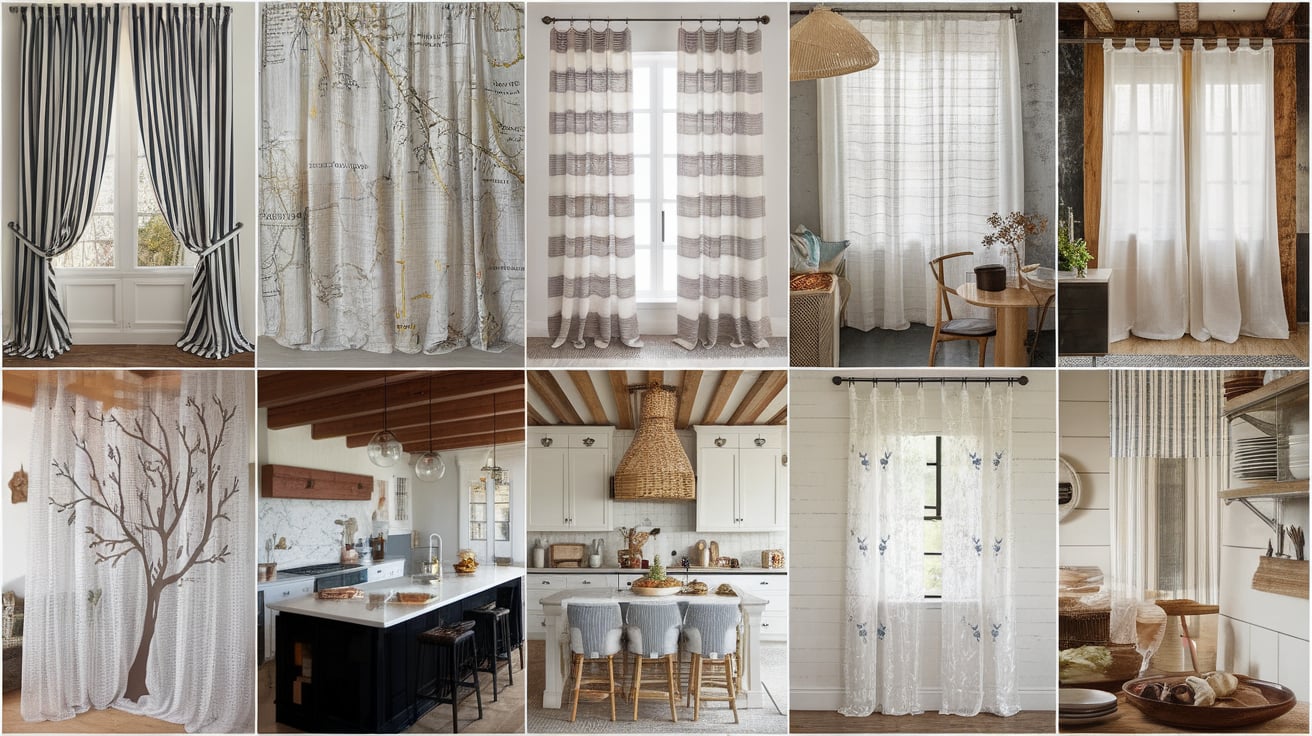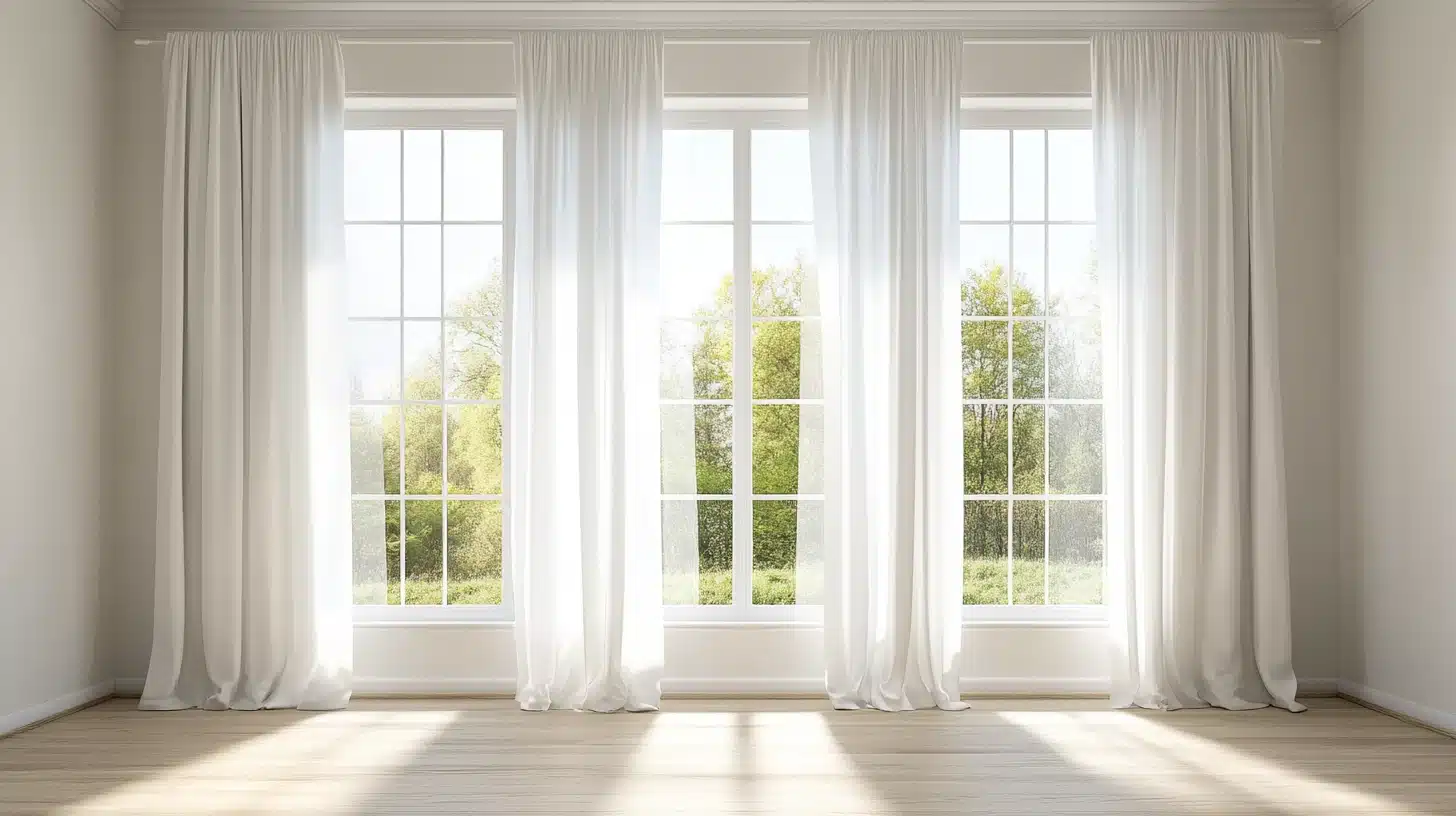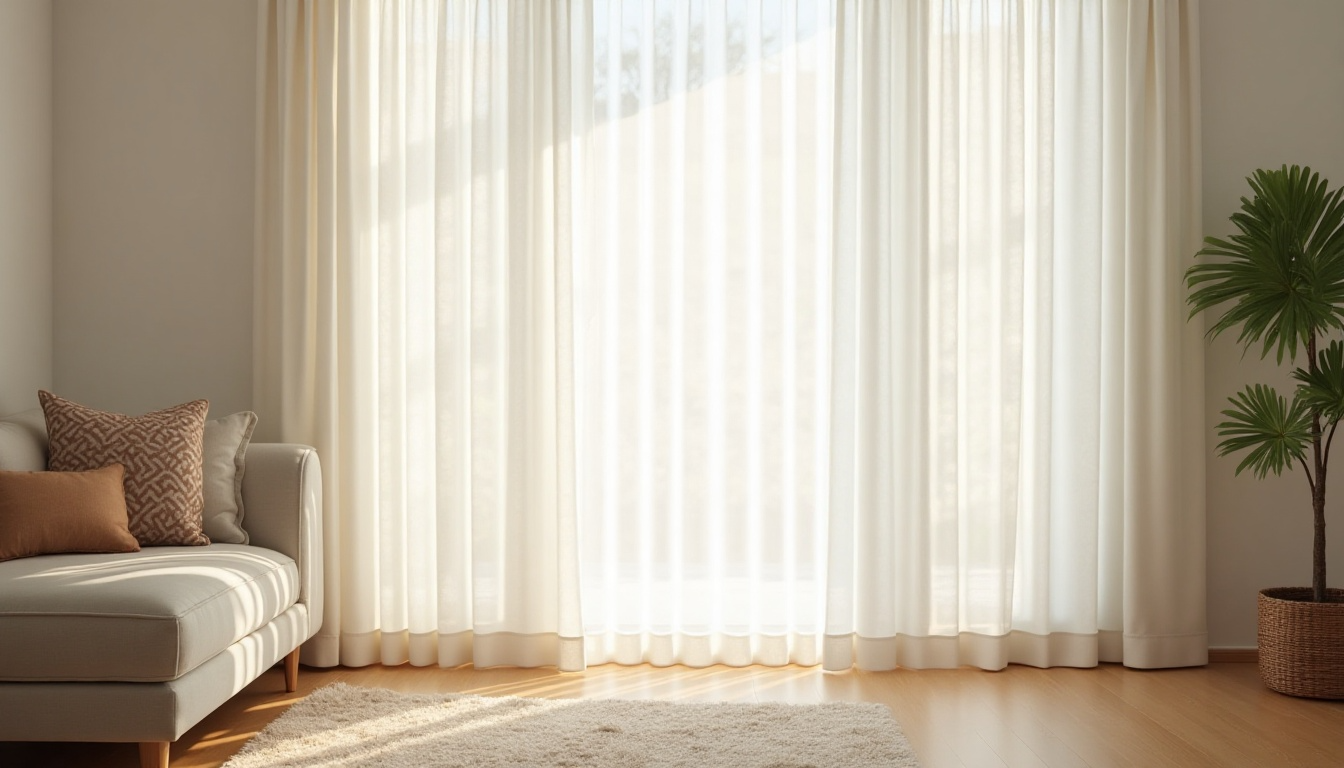The Final Curtain: How Drapes Can Tie Your Home Design Scheme Together
Curtains are the unsung hero of home design. While pieces like couches, dining tables and lights get all the attention, drapes can completely transform how your interior looks. They do this by moderating natural light, making your room look bigger, improving ambience, and more.
There’s an enormous variety of curtains to choose from, so you’re sure to find ones that are a perfect fit for every room. A big part of home design is choosing ones that match the look you’re going for. Rod pocket curtains, for instance, work great in bedrooms if you want to go for a more classic look. Wave fold curtains, on the other hand, add an air of contemporary elegance to whatever room you put them in.
If you want to learn how to use drapes more effectively and take your home design to the next level, you’re in the right place. Keep reading to find out how curtains can take your aesthetic to the next level.
Create The Illusion Of Size
You’ll want your curtains to sit as high as possible. This subconsciously draws the eye upwards, and maximises the height of your room. You’ll also want them to cover a large swathe of wall, but not all of it. This creates the effect of your room being wider than it would look with narrower curtains.
When covering windows, you’ll want your drapes to sit somewhere between the top of the windows and the ceiling. When it comes to unusually-shaped windows, the same rule applies: simply take the highest point of the window and hang your curtains about a third to two thirds of the way between it and the ceiling.
Take Advantage Of Natural Light
It goes without saying that one of the primary places you’ll be placing curtains is in front of windows. Curtains allow you to alter how sunlight looks as it filters into your room by giving you the ability to decide how much or how little of it you want coming in.
You also have the option to stack or ‘layer’ thicker curtains over more translucent ones. Layering your curtains provides even greater control with regards to light availability in your interiors, as you can choose to draw your sheer curtains together, whilst leaving your thicker curtains drawn apart during the day. You get full privacy without having to sacrifice on light availability!
The colour and texture of your drapes also affects the quality of the light that gets in. So try to play around with different designs, and see what works best for all the different lighting conditions or solar orientations across your home.
Create Synergy With Your Overall Look
There are loads of different curtain designs out there, so there’s no excuse for getting drapes that don’t match the aesthetic you’re going for. You’ll want your curtains to complete your look, not ruin it.
As mentioned, there are different types of drapes, such as rod pocket curtains, pinch pleat curtains, apron curtains, and more. One important rule to keep in mind is that your drapes and walls should be in the same colour family. You’ll usually want them to complement, not contrast with, each other: pick curtains that are one or two shades lighter or darker than your walls. The exception to this is smaller spaces, where high-contrast curtains can work.
When designing a bedroom or a living room, it is also a good idea to match your curtains with your bedsheets or with your couch. This consistency in fabric or colouring can really help draw your interiors together, further supporting a sense of effortless symmetry and synergy across your home and all its many different spaces.
Don’t Be Afraid To Mix It Up
Curtains are a great way of differentiating one room from another. Variety in this area goes a long way to creating a personalised space. On the other hand, having curtains throughout the house that go too perfectly can give your house the look of a showroom, which may not be what you want to go for.
If you want to create eclectic interiors for your home, then why not mix and match your curtain styles across different interior spaces? After all, different curtain styles can actually go well with different rooms. For example, you might want thick, velvet curtains for your main bedroom, and practical venetian blinds in kitchens and bathrooms.
But even if you are using different curtains, you’ll still want to ensure that there is a sense of cohesion across all your interior spaces. In other words, while you don’t need to use the exact same curtains in every room, you’ll still want to make sure that there’s some synergy among them. You don’t want your house to look like it was designed by ten complete strangers.
~
Whether it’s making a room look bigger than it is or completing its look, drapes have the potential to take your interior design to the next level, provided you know what you’re doing. This article is a starting point on how you can maximise curtains to tie your home’s entire look together.
The sheer number of choices you have can feel overwhelming: besides the different types of curtains, you also need to choose what fabrics to use, and what colour you want your curtains to be. However, following some essential design tips like the ones we’ve mentioned above goes a long way to making the process of choosing curtains easier and more rewarding.
If drapes are one area of your home’s design you haven’t given much thought to before, take this article as your sign to finding ones that are perfect for your home.







